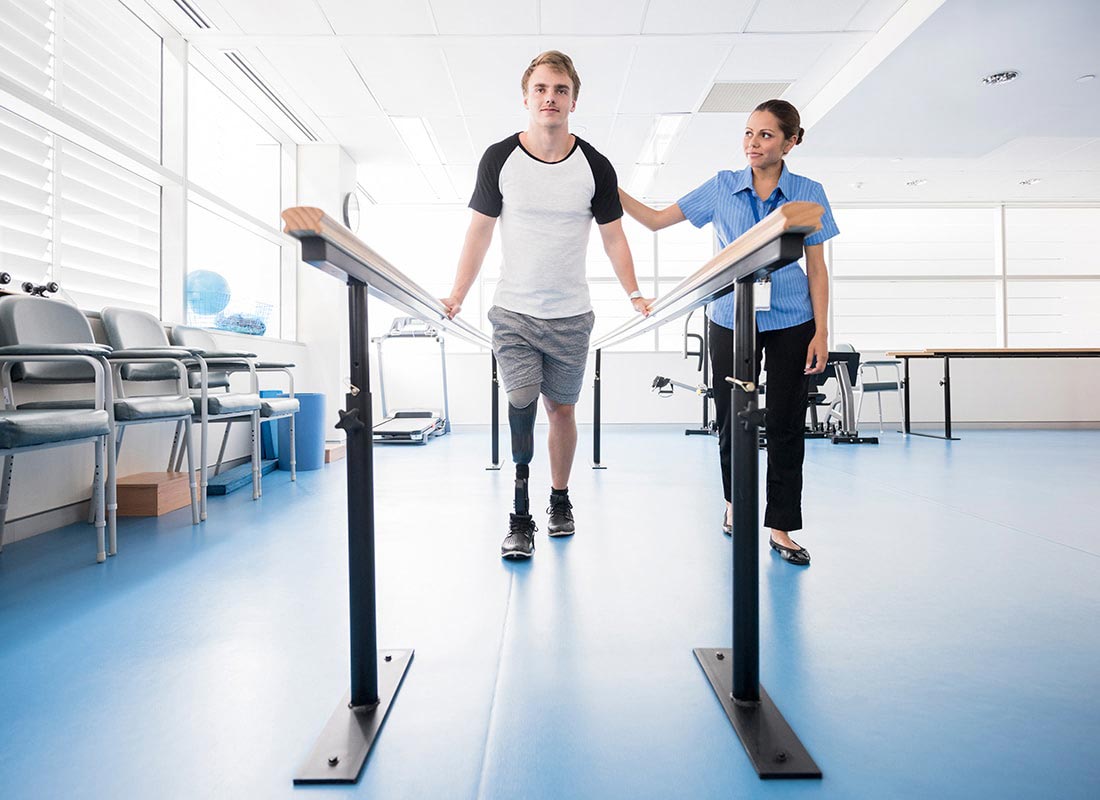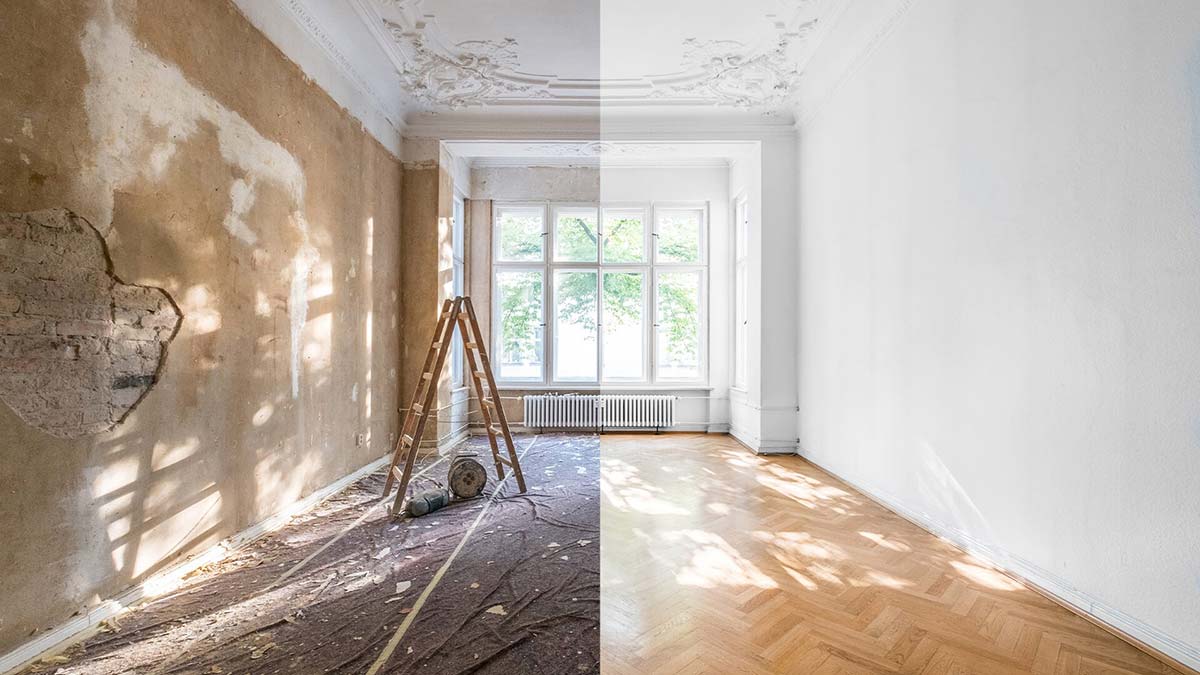Canadians spent an estimated $265.5 billion on health care in 2019. That works out to more than $7,000 for each man, woman, and child. This can add up to a huge financial burden for the average household.
Yet only a tiny fraction of Canadians take advantage of their legal right to deduct eligible medical expenses from their taxes each year. Often, this failure results from a misunderstanding of what CRA medical expenses can be deducted and what steps are necessary to claim the deduction.
If that describes your situation, now is the time for a change. Keep reading to get answers to important questions like "is physiotherapy tax deductible in Canada?" and "what other deductions have I been missing out on?"
Physiotherapy and Tax Deduction Basics
While the shortest answer is Yes, the more useful answer, however, is that while it's usually tax deductible, there are a few guidelines that you and your provider need to meet in order for you to deduct the expense.
Breaking down those requirements can go a long way toward answering the larger question of "what can I claim on my taxes in Canada?"
Who Received the Therapy
In most cases, you can claim a medical expenses deduction in Canada for qualifying therapies delivered to you or your dependents. This includes:
- Your spouse
- Your children (18 years of age or younger)
- Your common-law partner
- Your spouse or common-law partner's children (18 years of age or younger)
- Qualifying children 18 years of age or older
- Dependent grandchildren
If they lived in Canada at any point throughout the year, you may also be able to claim qualifying expenses for dependent:
- Parents
- Grandparents
- Siblings
- Aunts or uncles
- Nieces or nephews
Who Authorized and Delivered the Care
Another key factor in whether the Canada Revenue Agency (CRA) recognizes an expense as deductible is who authorized and delivered the care. By law, to qualify as deductible, services must be prescribed and delivered by authorized medical practitioners.
This is where medical expenses in CRA law can get sticky. Not all provinces handle medical practitioner licensing and recognition the same way.
For example, only five of the 13 provinces license and recognize acupuncturists as approved providers. Similarly, psychologists are recognized in every province, but marriage and family therapists are recognized in only one. Thus, which services a taxpayer can deduct vary depending on:
- Where they live
- Where they received services
- How their service provider is licensed
A full list of which provinces recognize which types of providers is available for reference.
Along the same lines, the deductibility of many products and services depends on whether a licensed professional prescribed them to you or not. For instance, if you purchase a cane or other mobility aid just because you think you need one, it is not tax-deductible. If you visit your doctor about mobility concerns and they determine that you need one and prescribe that you buy one, that same aid then becomes deductible.
With that in mind, you can maximize your potential deductions by consulting with your primary care or other authorized provider before investing in medical devices or services.
Total Costs and Receipts
The third primary factor in what you can deduct on your taxes is the total cost. The essential rules on this front are that:
- You can only deduct costs you paid out-of-pocket and received no reimbursement for
- Your total unreimbursed costs must exceed the minimum threshold
- You must have receipts or equivalent proof of your costs on record
As an example, then, say that you received $4,000 in qualifying therapy during the previous 12 months. Your insurance paid for $3,600 of that cost. Your copay was 10 percent or $400.
Only the $400 that you paid out of pocket qualifies as deductible medical expenses in CRA law. If you keep a record of that cost, it can go toward your total deductible when you file your taxes. If you do not keep a record and cannot prove that you spent that money on that service, then you cannot deduct it.
If you file your taxes in hard copy, you will submit your receipts when you file. If you file electronically, you simply need to keep copies of your receipts so that they are available if the CRA requests them for audit purposes in the future.
Tax Threshold
Not all taxpayers will find it useful to collect receipts and deduct specific expenses on their taxes. This is because the CRA provides an automatic deduction. In 2020, this deduction was $2,397 or three percent of a taxpayer's income, whichever was less.
This deduction is adjusted annually. Taxpayers who spend less than or around the same amount on health care as the standard deductible are better off taking that deductible than tracking and proving their expenses all year. Households that spend more than the standard deductible can benefit substantially by filing for the full medical expenses deductible for which they qualify.
Taxpayers who are not sure if it is worthwhile for them to track their expenses should consult their tax preparer. Your tax preparer may also be able to provide helpful tips and tricks to simplify your tracking.
For instance, many pharmacies will print annual receipts for clients that show all of their qualifying purchases over the course of the last 12 months. This can dramatically reduce the burden of cost-tracking for eligible taxpayers and improve overall accounting accuracy.
Other Tax Deductible Products and Services You May Have Missed
Of course, it is not just physiotherapy that is tax deductible under CRA rules. In fact, a wide variety of products and services can qualify. These include:
- Premiums paid to private health services plans
- Diabetic supplies
- Travel expenses related to medical care
- Private or public hospital stays
- Vision devices such as glasses, contact lenses, corrective surgery, and related supplies
- In Vitro fertility treatments
- Prescription medications
- Hearing aids and batteries
- Wheelchairs, canes, casts, and braces
- Laboratory fees
- Home renovations
Two of the most illustrative examples of things taxpayers can deduct that they often don't realize are deductible are travel expenses and home renovations.
Travel Expenses to Receive Medical Care Outside Your Community
Few taxpayers realize that the expenses they incur when traveling to receive necessary care may be tax deductible. Examples of potentially deductible costs include:
- Vehicle expenses such as fuel, mileage, and parking
- The cost of public transportation
- Transportation services if they cannot drive themselves
- Meals
- Lodging
- The costs of all of these things for an attendant, if the patient cannot travel alone
For these to qualify as CRA medical expenses patients must have travelled:
- A minimum of 40 km for treatment
- Because no equivalent services were available closer to home
- To receive treatment authorized and prescribed by their provider
As in other cases, patients must receive care from approved providers and document their expenses. Importantly, when travelling across provincial lines, it is important for patients to verify that both their province and the province in which they receive care recognize the provider as a licensed practitioner. Discrepancies in licensing and recognition can prevent patients from claiming all the costs associated with their care.
Home Renovations
Like travel expenses, home renovation costs can pile up quickly. This leaves every homeowner renovating their space wishing that they could find ways to get more bang for their buck. Few realize, however, that some of their upgrades may qualify for reimbursement come tax time.
The Home Accessibility Tax Credit is open to households that contain at least one elderly or disabled individual. Anyone 65 years of age or older by the end of the tax year qualifies as elderly. Anyone who qualifies for the disability tax credit counts as disabled for the purposes of Home Accessibility Tax Credits.
Taxpayers can claim up to $10,000 worth of renovation expenses each year. They can claim work they did themselves or work they paid others to do, so long as the renovations make the home safer and more accessible for the senior or individual with disabilities.
Households interested in claiming this credit should review the list of approved and unapproved renovations carefully. Not all devices or upgrades qualify for reimbursement. For example, while certain household appliances might legitimately make a home more user-friendly for seniors or individuals with disabilities, appliances are not reimbursable under any circumstances.
Similarly, security systems may help seniors feel safe in a home but are also not eligible for reimbursement.
Importantly, some upgrades may count as both renovations and valid medical expenses. When this happens, taxpayers can potentially claim them under both categories and get double their money back. When in doubt, it is helpful to consult with a licensed tax preparer to ensure that you file correctly to receive maximum returns on qualifying expenses.
Is Physiotherapy Tax Deductible In Canada?
Is physiotherapy tax deductible in Canada? Yes! It is only one of many potentially deductible medical expenses.
Learn more about navigating the complicated waters of Canadian insurance and getting the best care while keeping as much money in your pocket as possible by browsing the other informative articles on our blog today.






